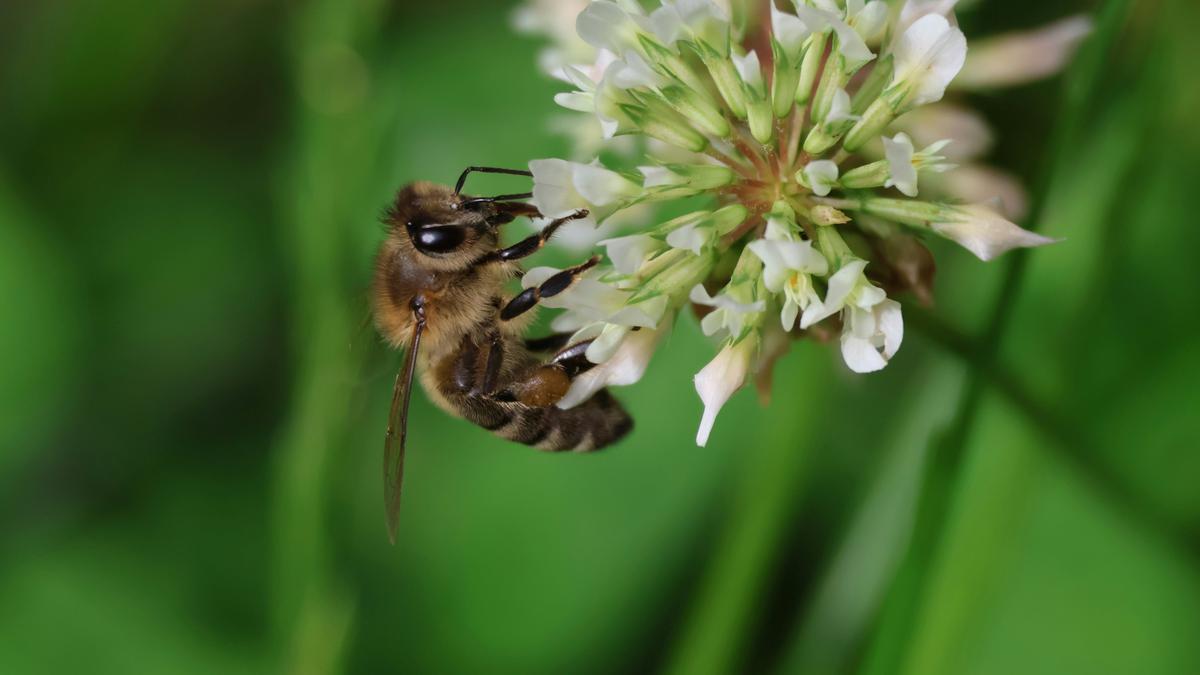
New infectious diseases among bees threaten world’s economies Premium
The Hindu
Research has uncovered the transmission of pathogens between managed honey bees and wild pollinators, a process called pathogen spillover and spillback
A significant chunk of the world’s agricultural productivity and nutritional security relies on small insect pollinators. More than 75% of food crops, fruits, and flowering plants need bees, wasps, beetles, flies, moths, and butterflies to yield successful harvests.
This is why threats to insect pollinators, including pesticides, pollution, and climate change, endanger the economies of entire countries. A new actor on this list is infectious diseases made worse by habitat loss.
While the declining populations of pollinators, particularly bees, has been well-documented in Europe and North America, data from biodiversity-rich regions like the Indian subcontinent are scarce. In fact, most of what scientists know about bees comes from research on managed western honey bees (Apis mellifera).
“In many cases, wild bees are more efficient pollinators than the western honey bees. It is essential to study wild bee communities and look at their state of health,” Corina Maurer, a postdoctoral researcher at ETH Zürich, wrote in an email to this reporter.
Research has uncovered the transmission of pathogens between managed honey bees and wild pollinators, a process called pathogen spillover and spillback. Western honey bees are often viral reservoirs and can infect wild species when they share habitats. These emerging infectious diseases also threaten the wider pollinator community.
Maurer and her team recently published a paper in Nature Ecology and Evolution exploring the presence of deformed wing virus and black queen virus in 19 wild bee and hoverfly species across different landscapes in Switzerland. They found higher loads of these pathogens in wild pollinators that used floral resources the honey bees accessed as well. The loads were 10-times higher among the wild pollinators in these shared habitats.
Based on these findings, the researchers suggested that diverse pollinator-friendly habitats with more floral resources lowered the chance of pathogens being transmitted between wild pollinators and managed western honey bees. Habitat loss, on the other hand, could force pollinators into smaller suitable habitats and increase the risk of disease transmission.











